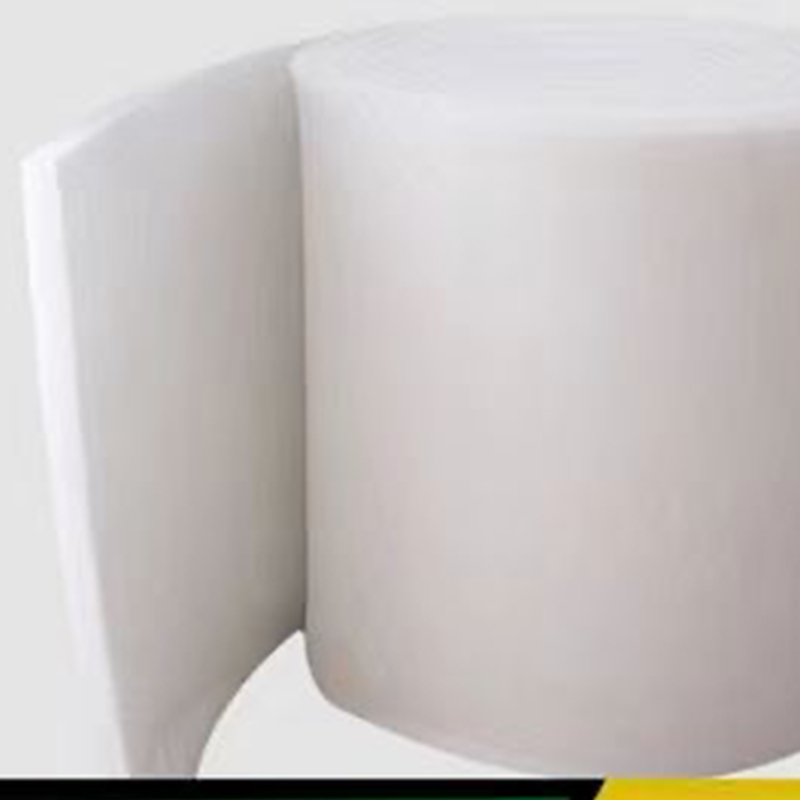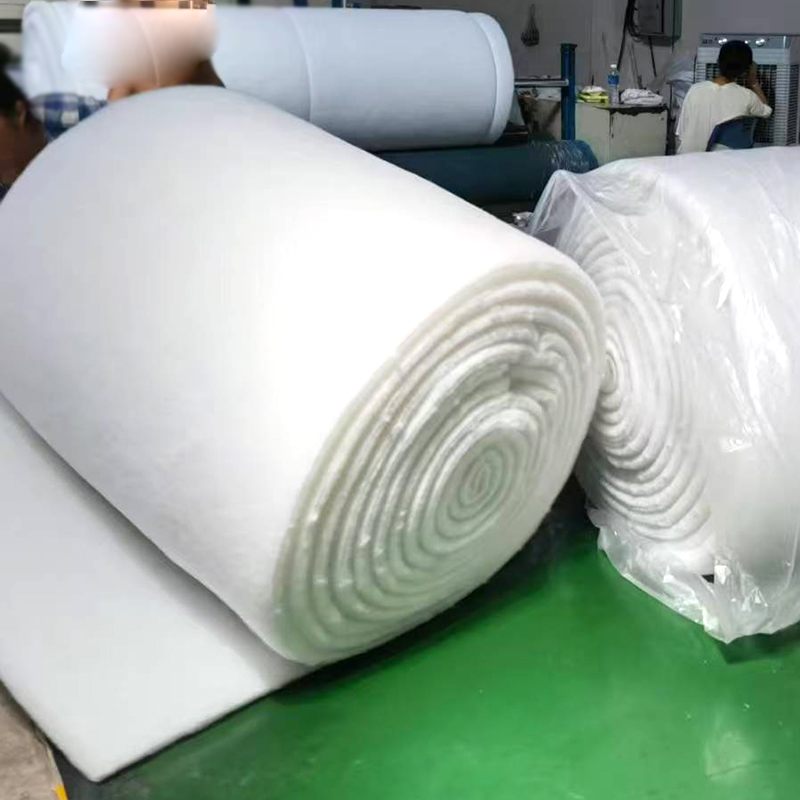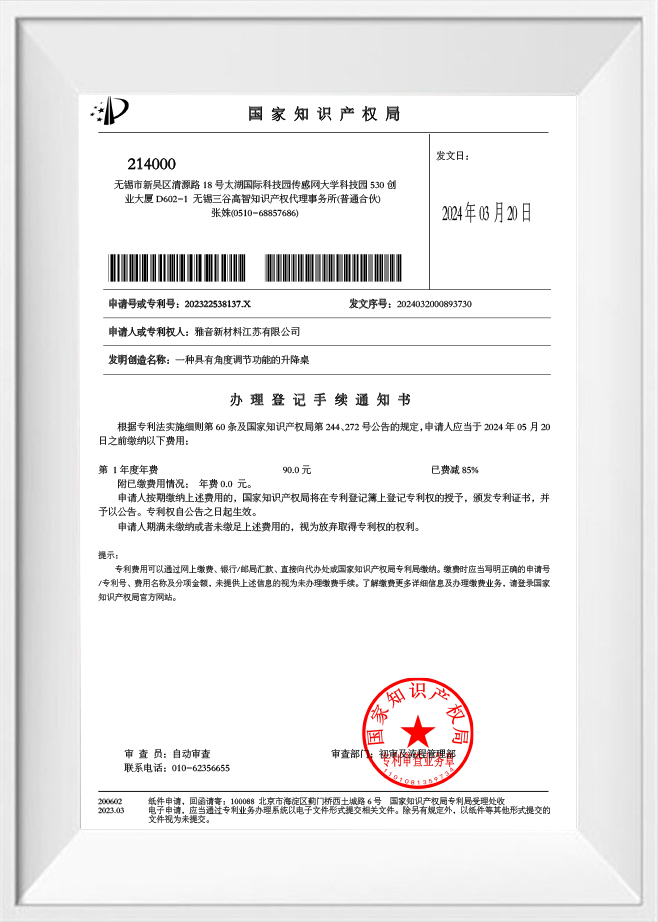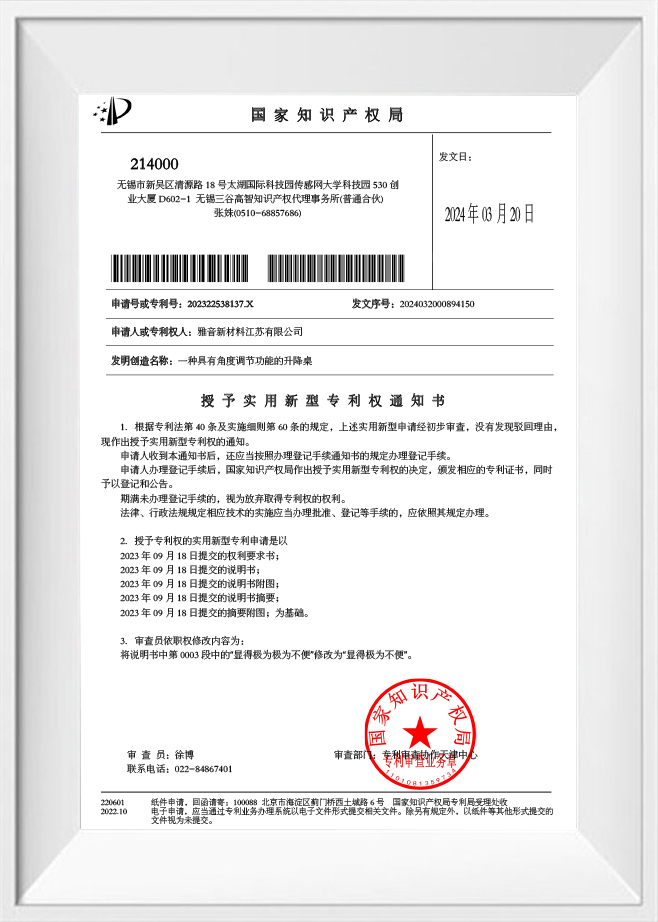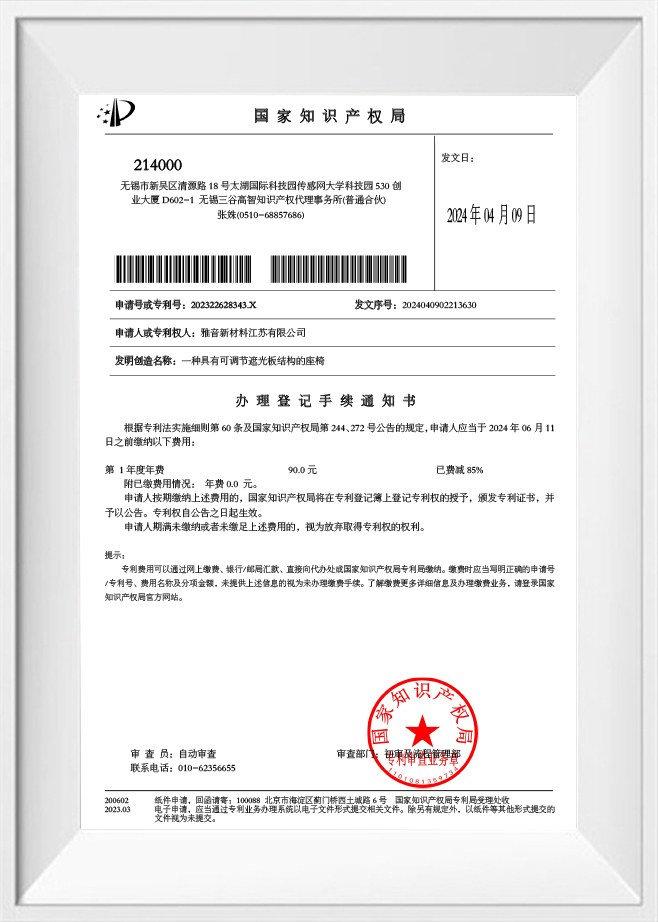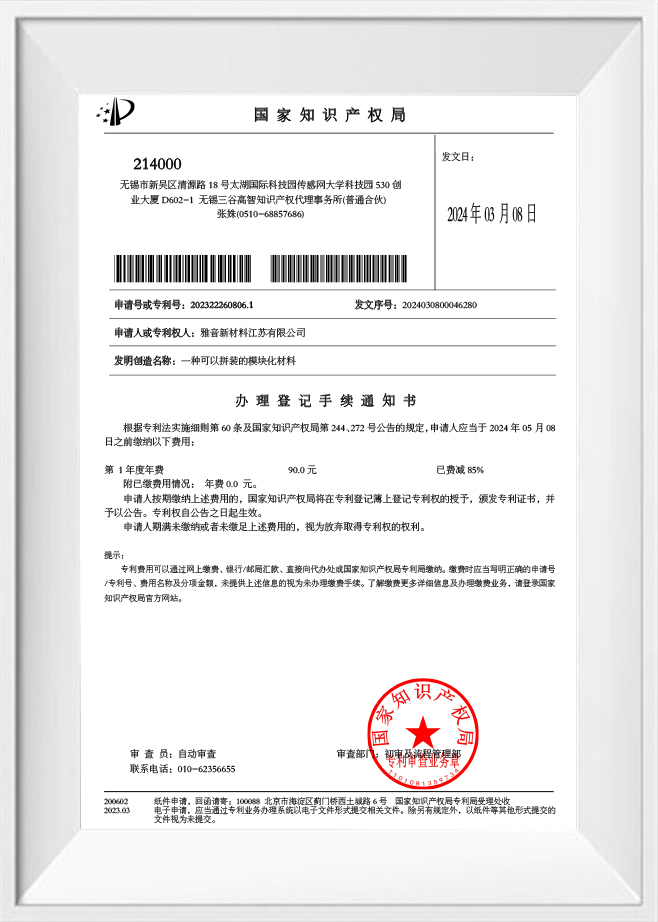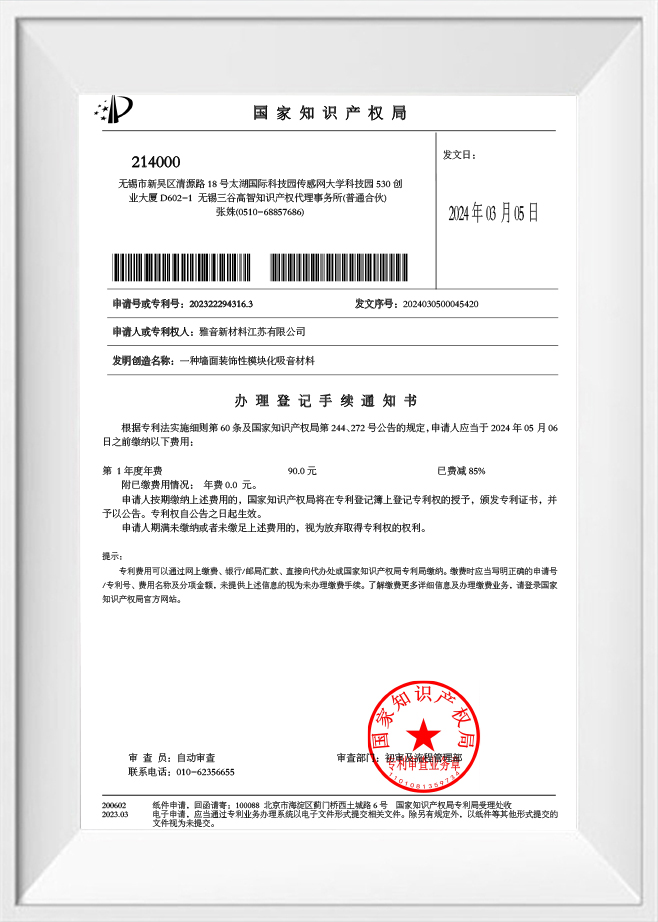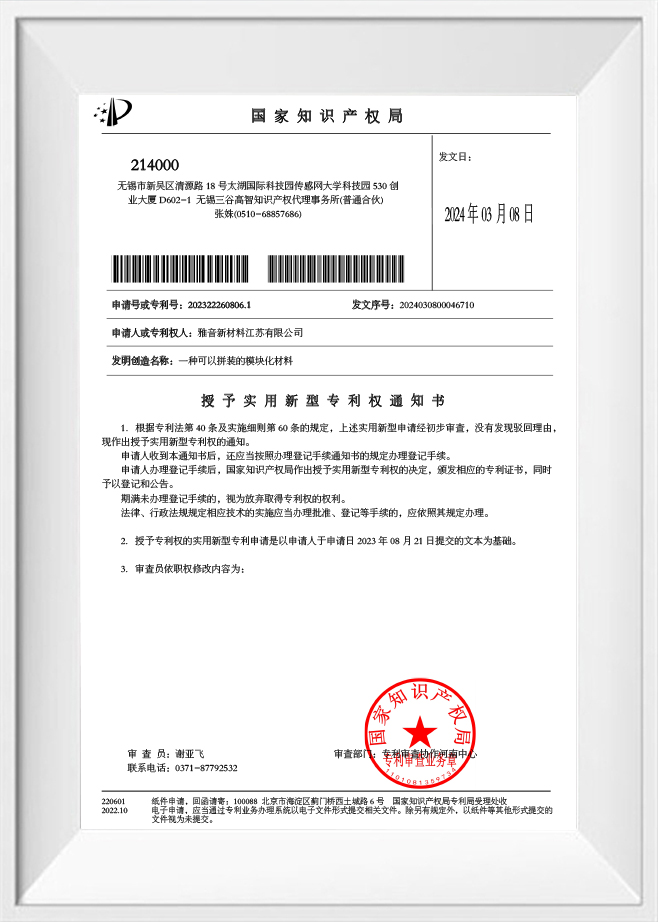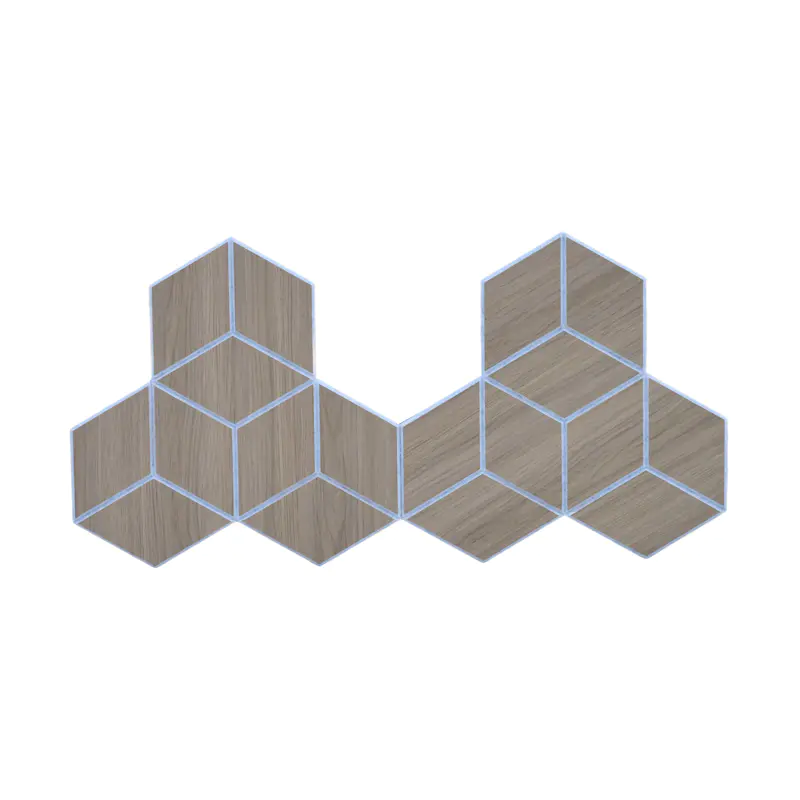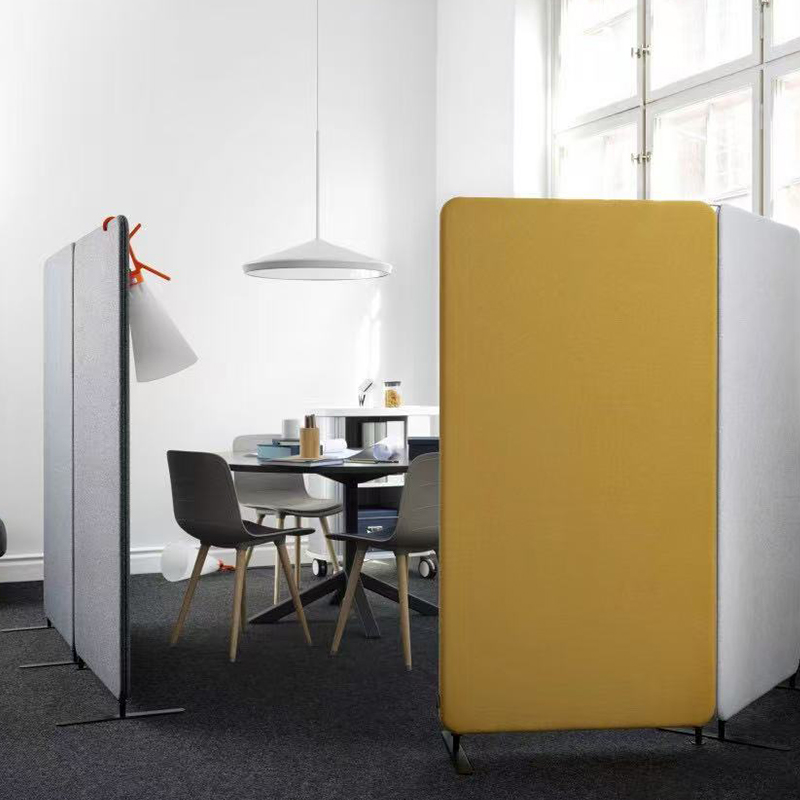What are the different types of Soundproof cottons available on the market?
Soundproof cottons are increasingly recognized as an essential material in modern acoustic design. As noise pollution and the need for better sound quality in indoor spaces rise, these materials provide effective sound absorption while maintaining environmental and safety standards.
Understanding Soundproof cottons
Soundproof cottons are a class of acoustic materials designed to absorb, dampen, and reduce unwanted noise in residential, commercial, and industrial environments. Unlike conventional insulation materials, soundproof cottons combine noise reduction with thermal insulation, flame retardancy, and decorative qualities.
Composition and Properties
Typically, soundproof cottons are made from recycled polyester fibers processed using needle-punched nonwoven technology. This method transforms polyester into eco-friendly panels that meet rigorous acoustic and environmental standards. Modern soundproof cottons provide:
- High sound absorption efficiency with a noise reduction coefficient (NRC) reaching 0.85.
- Flame retardant performance, achieving A-level standards according to ASTM E84, UL723-2018, and B-level for EN13501-1.
- Low formaldehyde emission compliant with E0 national standards.
- Customizable aesthetic options, including various colors, sizes, and surface patterns.
The combination of these properties makes soundproof cottons versatile for a wide range of applications, from offices and classrooms to cinemas and residential interiors.
Types of Soundproof cottons
Soundproof cottons can be classified based on several criteria, including material composition, structural form, and intended application. Understanding these types is crucial for selecting the most suitable product for a specific project.
1. Based on Material Composition
Polyester Soundproof cottons
The most common type in modern acoustic solutions, polyester soundproof cottons are derived from recycled polyester fibers. They are:
- Environmentally friendly, using sustainable manufacturing processes.
- Antibacterial, reducing microbial growth in humid environments.
- Durable, retaining their acoustic performance over time.
These panels are suitable for indoor environments such as offices, hospitals, schools, and exhibition halls.
Cotton-blend Soundproof cottons
Less common but still relevant, these incorporate natural cotton fibers blended with synthetic materials. They provide:
- Improved softness and flexibility for irregular surfaces.
- Moderate sound absorption, ideal for partitions and decorative walls.
This type is often chosen when a more tactile or aesthetic finish is required in interior design projects.
2. Based on Structural Form
Soundproof cottons are also differentiated by their physical structure, which impacts both their acoustic performance and installation flexibility.
Panels
Panel-based soundproof cottons are pre-formed boards or sheets. Their key benefits include:
- Ease of installation, allowing mounting on walls or ceilings.
- Uniform acoustic performance, due to consistent density and thickness.
- Decorative versatility, with options for patterned or colored finishes.
Rolls or Batts
Rolls or batts of soundproof cottons are flexible sheets that can be cut to size. They are ideal for:
- Custom-shaped installations in irregular spaces.
- Layered acoustic solutions, combining multiple thicknesses for higher noise reduction.
Molded Shapes
Some advanced applications use molded or contoured soundproof cottons, shaped to maximize sound diffusion or to fit specific architectural features. These are popular in cinemas, theaters, and recording studios.
3. Based on Application Purpose
Different environments have specific acoustic requirements, and soundproof cottons are often categorized by their target application.
Residential Soundproof cottons
Used in homes and apartments, these products focus on reducing everyday noise, including traffic, neighbors, and appliances. Features include:
- Moderate thickness for space efficiency.
- Flame retardancy for safety in living spaces.
- Customizable colors and patterns to blend with interior design.
Commercial Soundproof cottons
Offices, schools, hospitals, and exhibition halls require higher NRC ratings and durable surfaces. These panels:
- Absorb speech and ambient noise effectively.
- Are resistant to frequent cleaning and maintenance.
- Can be customized in size, shape, and color to meet architectural needs.
Industrial Soundproof cottons
Used in factories, studios, and large public spaces, these materials often prioritize:
- Maximum sound absorption.
- Heat insulation and flame retardancy.
- Long-term durability under heavy usage.
Technical considerations when choosing Soundproof cottons
Selecting the right soundproof cottons requires understanding several technical factors:
Noise reduction coefficient (NRC)
The NRC indicates how effectively a material absorbs sound. High NRC values, typically above 0.8, are suitable for spaces requiring significant noise reduction, such as auditoriums and meeting rooms.
Flame retardancy
For safety, especially in public and commercial environments, ensure the panels meet international flame retardant standards like ASTM E84 or EN13501-1.
Density and thickness
- Density affects the material's ability to absorb different sound frequencies.
- Thickness determines the level of low-frequency absorption. A combination of thickness and density is critical for optimal performance.
Environmental and health compliance
Soundproof cottons should comply with low-emission standards, such as E0 for formaldehyde, to ensure indoor air quality. Eco-friendly panels also align with sustainability goals, particularly for large-scale commercial projects.
Installation flexibility
Consider whether panels need to be cut, shaped, or molded to fit irregular spaces. Needle-punched nonwoven polyester cottons provide flexibility without compromising acoustic efficiency.
Comparison of common Soundproof cottons
| Type |
Material |
Application |
NRC |
Flame Retardancy |
Customization Options |
| Polyester Panels |
Recycled polyester |
Offices, schools |
0.85 |
ASTM E84 A-level |
Sizes, colors, patterns |
| Cotton-blend Batts |
Natural + synthetic |
Decorative walls, partitions |
0.65-0.75 |
EN13501-1 B-level |
Thickness, shapes |
| Molded Shapes |
Polyester |
Cinemas, studios |
0.85+ |
UL723-2018 A-level |
Contours, textures |
This table highlights the differences in composition, acoustic performance, safety, and customization flexibility, allowing buyers to make informed choices.
Applications of Soundproof cottons
The versatility of soundproof cottons makes them suitable for multiple environments:
- Offices and meeting rooms: Reduce reverberation, improving speech clarity.
- Cinemas and theaters: Provide superior acoustic comfort by absorbing ambient noise and controlling echoes.
- Schools and classrooms: Enhance learning by minimizing external and internal distractions.
- Hospitals: Ensure quiet environments critical for patient recovery.
- Residential interiors: Reduce noise from traffic, neighbors, and appliances while maintaining aesthetic appeal.
Customizable options allow integration into walls, ceilings, partitions, and decorative panels, making them adaptable for both functional and visual requirements.
Choosing the right Soundproof cottons for your project
When selecting soundproof cottons, consider:
- Acoustic performance requirements – Identify the target NRC and frequency range.
- Safety and compliance – Confirm flame retardancy and emission standards.
- Installation conditions – Evaluate whether panels, rolls, or molded shapes are appropriate.
- Aesthetic and design needs – Color, texture, and pattern customization.
- Sustainability – Recycled polyester panels support eco-friendly building practices.
Yayin New Materials Jiangsu Co., Ltd. offers a range of eco-friendly polyester soundproof cottons that address these considerations, ensuring performance, safety, and visual appeal.
Conclusion
Soundproof cottons have become an essential component in modern acoustic design. By understanding the types, technical properties, and applications, buyers can make informed decisions that balance noise reduction, safety, and aesthetics. Whether for residential, commercial, or industrial use, selecting high-quality panels with appropriate NRC, flame retardancy, and environmental compliance ensures effective sound management.
With companies like Yayin New Materials Jiangsu Co., Ltd. specializing in carbon-neutral, recyclable polyester sound-absorbing panels, users can access reliable, safe, and customizable solutions for every acoustic challenge.
